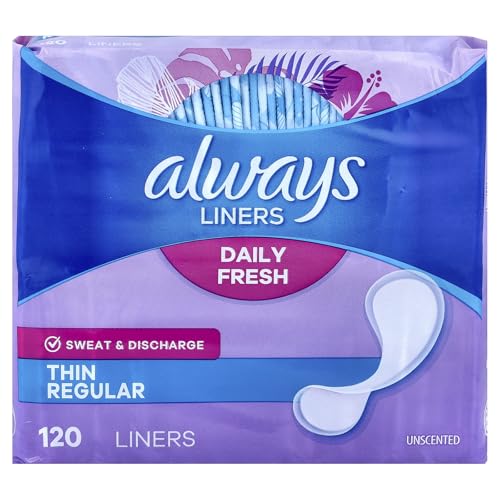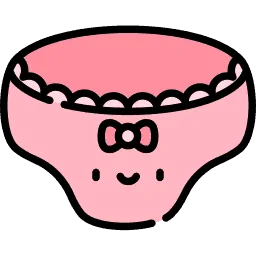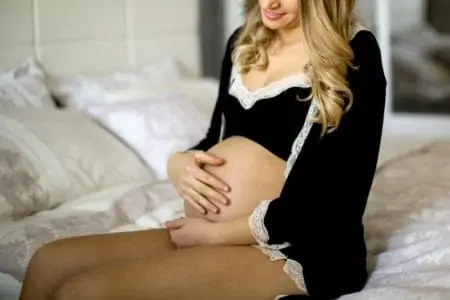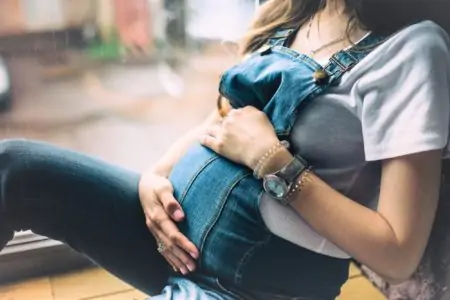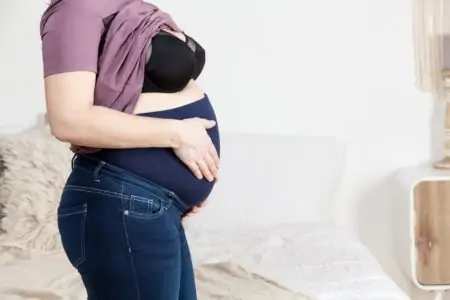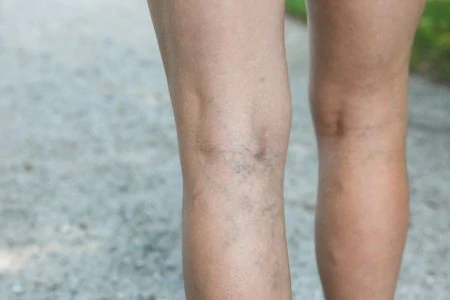Let’s be real. Buying giant pads isn’t the highlight of pregnancy prep, but trust us, your future self will thank you. Postpartum bleeding, or lochia, is a whole different ballgame compared to a standard period. You need heavy-duty protection for those first few weeks.
We’ve done the heavy lifting to find the most comfortable, absorbent, and reliable options out there. Whether you need organic materials, heavy overnight coverage, or reusable cloth, we have you covered.
Here is our guide to the best postpartum pads to keep you leak-free and comfortable while you bond with your new baby.
When Should I Start Using Postpartum Pads?
You need pads immediately. Once you stand up to walk to the bathroom after delivery, gravity takes over. The hospital will provide you with their standard pads, but they often resemble thick mattresses. They do the job, but they are rarely comfortable.
We highly recommend packing your own stash. Hospital pads usually lack wings, meaning they shift easily and lead to leaks on your mesh underwear or sheets. Most moms prefer thinner, high-absorbency pads with wings that secure firmly to underwear.
Even with high-quality pads, leaks happen in those first few hours. We suggest leaving your favorite lingerie at home. Stick to disposables or older underwear you don’t mind tossing out if stains set in.
How Many Postpartum Pads Will I Need?
If this is your first baby, the volume of blood might surprise you. Lochia consists of blood, tissue, and mucus shedding from the uterus, and it flows much heavier than a standard period.
During the first few days, you might change your pad every hour or two. Many new moms use the “sandwich” technique, layering two pads to ensure coverage front-to-back while sleeping.
Take Note
The flow usually tapers off over four to six weeks. You will start with heavy-duty maxi pads and eventually graduate to standard pads, and finally, panty liners (1).
During pregnancy, your blood volume increases by nearly 50 percent (2). Your body has to expel that extra blood and the uterine lining. This process, lochia, is a healthy sign that your uterus is shrinking back to its pre-pregnancy size.
Every woman is different. Some prefer changing pads the moment they feel damp, while others wait until the pad is fuller. Based on general experience, here is a rough estimate for your stockpile.
Pro Tip
If you choose cloth pads, the math changes. You will likely need about 12 heavy-duty cloth pads to get through a washing cycle comfortably without running out.
How to Choose Postpartum Pads
Your body goes through a lot during delivery. When shopping for recovery supplies, keep these specific criteria in mind to ensure maximum comfort.
Product Reviews
We evaluated absorbency, softness, and size to find the top pads that will actually stay in place and keep you dry.
Always Maxi Extra Heavy Overnight Pads
Best Overnight Postpartum Pads
When you are in the thick of the first postpartum week, these Always pads are the gold standard. They are designed for maximum volume, featuring a wide back that captures fluid while you are lying down.
At 15 inches long, they provide excellent front-to-back coverage. The raised core fits close to the body to absorb gushes instantly. While they are bulky, that bulk provides a sense of security when your flow is heaviest.
Pros
- High absorbency: Provides up to 10 hours of protection.
- Sleep friendly: The extra-wide back catches gravity-induced leaks.
- RapidDRY tech: Pulls fluid deep into the core quickly.
Cons
- Bulky feel: Definitely feels like wearing a pad.
- Texture: The mesh top layer can snag on stitches for some women.
Our Ratings
Always Radiant Feminine Pads
Best for Stitches
Always Radiant pads prove that size isn’t everything. They use FlexFoam technology, which absorbs ten times its weight while remaining incredibly thin. You get heavy-flow protection without the “diaper” feeling.
The top layer is smooth and tightly woven, minimizing the risk of snagging on stitches. The adhesive is strong, and the wings are generous, so the pad stays exactly where you put it.
Pros
- Low profile: Highly absorbent but very thin.
- Stays put: Excellent adhesive prevents bunching.
- Stitch safe: Smooth texture is gentle on injuries.
Cons
- Price point: More expensive per count than maxi pads.
- Fragrance: Scented versions might irritate sensitive noses or skin.
Our Ratings
Seventh Generation Overnight Maxi Pads
Best Maxi Pads
Seventh Generation offers a straightforward, chlorine-free maxi pad. These are ideal for moms trying to avoid fragrances and dyes that can inflame sensitive postpartum skin.
Made with wood pulp and cotton, they are thick and absorbent. They function just like traditional brands but carry a slightly smaller environmental footprint.
Pros
- Hypoallergenic: Free from fragrances and chlorine processing.
- Budget-friendly: Good price for a “cleaner” disposable.
- Secure: Wings keep the pad in place.
Cons
- Durability: The cotton core can bunch up when heavily saturated.
- Speed: Absorbs slightly slower than synthetic chemical gels.
Our Ratings
Organyc 100% Organic Cotton Pads
Best Organic Postpartum Pads
If you want nothing but natural fibers touching your skin, Organyc is the way to go. These pads are 100 percent certified organic cotton inside and out, eliminating the risk of contact dermatitis from synthetics.
They are fully biodegradable, so you can toss them without the eco-guilt. They feature wings and a secure fit, though you will pay a premium price for the organic certification.
Pros
- Pure materials: 100% certified organic cotton.
- Breathable: Reduces heat and moisture buildup.
- Eco-friendly: Biodegradable construction.
Cons
- Cost: Significantly pricier than standard brands.
- Capacity: Requires more frequent changes than synthetic super-absorbers.
Our Ratings
Poise Incontinence Pads for Women
Best for Heavy Flow
It might feel strange buying incontinence pads, but they are a secret weapon for new moms. They are designed to lock away large gushes of fluid instantly, keeping your skin dry and reducing odors.
These pads are long, contoured, and quilted for comfort. Because they lock moisture away so effectively, they are excellent for preventing chafing and irritation during long stretches of sleep.
Pros
- High volume: Handles heavy flow better than period pads.
- Dry feel: Locks moisture deep in the core.
- Dual use: Handles bladder leaks and lochia simultaneously.
Cons
- No wings: Relies solely on adhesive and width for stability.
- Scent: Some users notice a slight chemical odor.
Our Ratings
Think Eco Organic Reusable Cotton Pads
Best Cloth Menstrual Pads
For the eco-conscious mom, Think Eco pads are a fantastic investment. Made from organic cotton, they are incredibly soft and lack the “crinkly” plastic sound of disposables.
They secure around your underwear using a snap button on the wings. While the upfront cost is higher, they wash well and last for years. Plus, you never have to worry about running out of supplies in the middle of the night.
Pros
- Comfort: Feels like soft clothing, not plastic.
- Sustainable: Zero waste solution.
- Longevity: Lasts up to 5 years with proper care.
Cons
- Stability: Snaps can slide around more than adhesive wings.
- Maintenance: Requires rinsing and laundering.
Our Ratings
Always Thin Daily Liners
Best Panty Liners
You won’t need these immediately, but you will be glad you have them for weeks 4 through 6. As your lochia tapers off to light spotting, a full pad becomes annoying and unnecessary.
Always Thin Daily Liners are discreet and breathable. They protect your underwear from those final, unpredictable spots without making you feel like you are still wearing a diaper.
Pros
- Discreet: Barely noticeable while wearing.
- Value: Inexpensive for daily use.
- Freshness: Keeps underwear clean during spotting phase.
Cons
- Light use only: Will not hold a full flow.
- Coverage: Minimal side protection.
Our Ratings
Make Yourself a Postpartum Survival Kit
Pads are just one piece of the puzzle. Recovery requires a holistic approach. Before you head to the hospital, pack a “survival kit” for your return home so you don’t have to send your partner running to the pharmacy at midnight.
For the hospital bag itself, stick to the basics: comfortable nursing pajamas, a belly wrap, toiletries, and your baby essentials.
Once you are home, however, you will want these items within arm’s reach in the bathroom:
- Bath herbs: A mix of sea salt and healing herbs can speed up healing in a sitz bath. Just remember that herbs aren’t FDA-regulated, so check with your doctor first.
- Peri bottle: Wiping is a huge “no” after birth. A peri bottle lets you rinse the area with warm water to stay clean without pain. Angled bottles work best.
- Hemorrhoid cream: Roughly 25 to 30 percent of new moms deal with hemorrhoids (3). Keep witch hazel pads or cream handy to reduce swelling and itching.
- Breast care: If you are nursing, stock up on nursing pads and nipple cream.
- Numbing spray: Dermoplast or similar numbing sprays are a lifesaver for stinging sensations after urination.
- Mesh underwear: Don’t ruin your good panties. Grab a pack of disposable mesh maternity underwear or “granny panties” that hold large pads securely.
- Stool softeners: Postpartum constipation is real and can be scary with stitches (4). Ask your provider about taking a stool softener to make that first bathroom trip easier.
- Self-care treats: Physical recovery is tough, but mental recovery matters too. Keep a scented candle, some chocolate, or your favorite tea nearby to remind yourself that you are doing a great job.


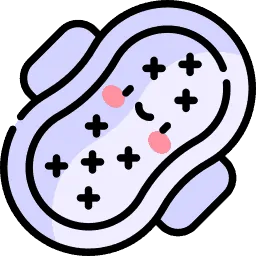
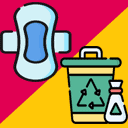

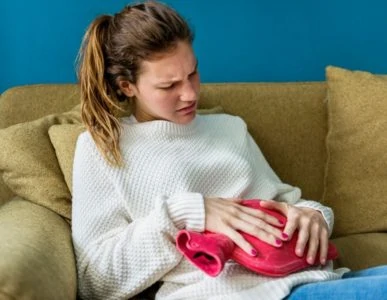


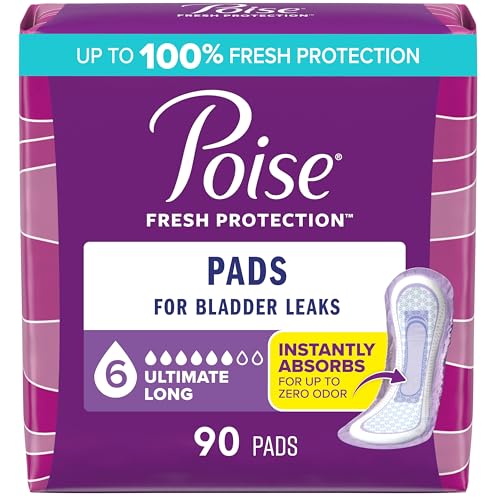
![Product Image of the think ECO FDA Registered [Printed Wing Type Pad 3p] Organic Reusable Cotton...](https://m.media-amazon.com/images/I/41OiMnF8omL.jpg)
